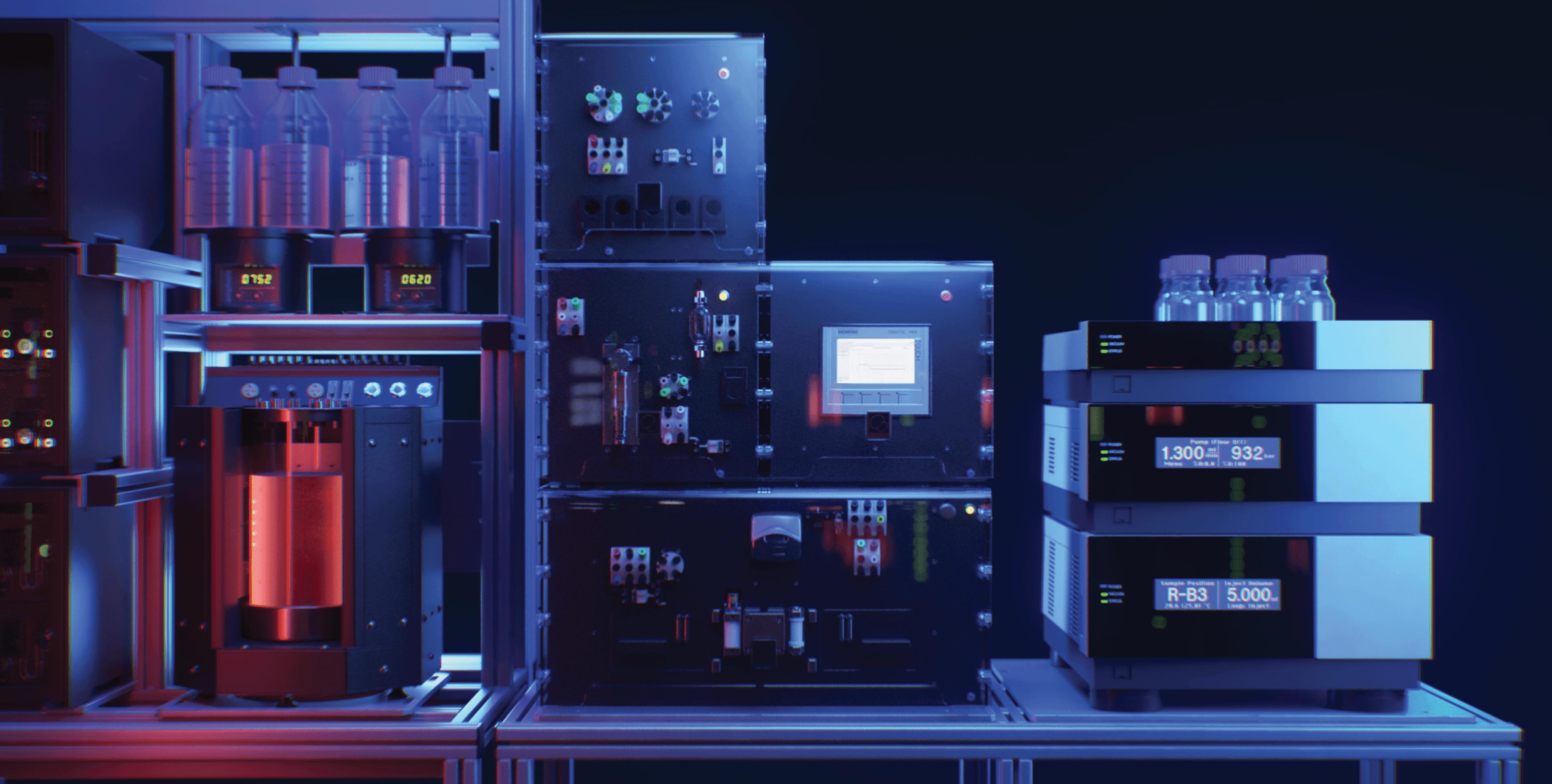Timely monitoring and control of critical process parameters and product attributes are still the basic tasks in bioprocess development. The current trend of automation and digitization in bioprocess technology targets an improvement of these tasks by reducing human error and increasing through-put. The gaps in such automation procedures are still the sampling procedure, sample preparation, sample transfer to analyzers, and the alignment of process and sample data. In this study, an automated sampling system and the respective data management software were evaluated for system performance; applicability with HPLC for measurement of vitamins, product and amino acids; and applicability with a biochemical analyzer. The focus was especially directed towards the adaptation and assessment of an appropriate amino acid method, as these substances are critical in cell culture processes. Application of automated sampling in a CHO fed-batch revealed its potential with regard to data evaluation. The higher sampling frequency compared to manual sampling increases the generated information content, which allows easier interpretation of the metabolism, extraction of e.g., ks values, application of smoothing algorithms, and more accurate detection of process events. A comparison with sensor technology shows the advantages and disadvantages in terms of measurement errors and measurement frequency.




